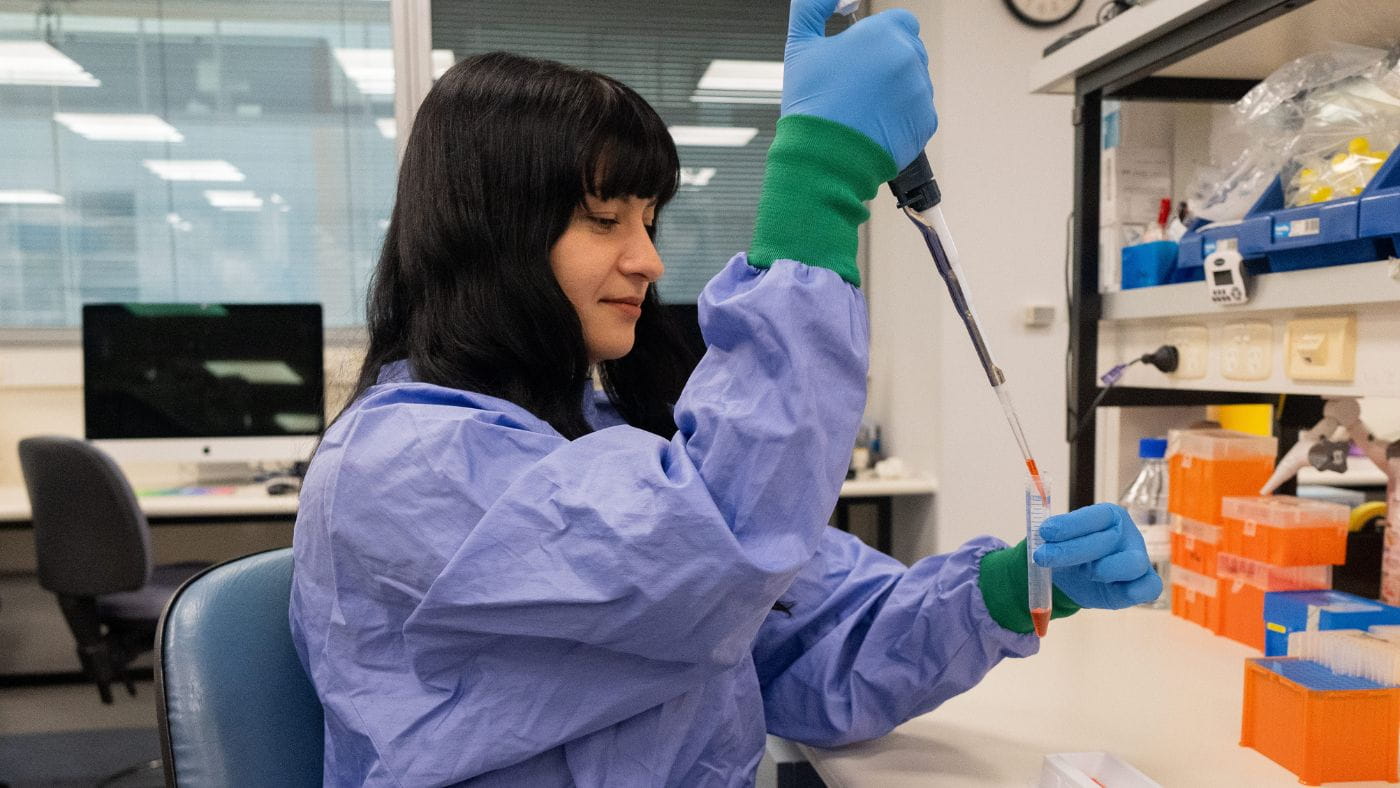Innovative NSW Dust Disease Board research investigates new avenues for Silicosis treatment
Dr. Christina Begka, from Monash University, is breaking new ground in the fight against silicosis, a devastating lung disease caused by prolonged exposure to silica dust.
Using a newly developed, world-first preclinical silicosis model, Dr Christina Begka’s study, funded by a fellowship grant from the NSW Dust Diseases Board and administered by icare, focuses on testing potential therapies that could alleviate the suffering of silicosis patients.
Silicosis is preventable with proper workplace protections, but for the growing number of affected workers worldwide, treatment options remain limited.
Based in the School of Translational Medicine at Monash University and working with the Mucosal Immunology Group, Dr. Begka's research explores two promising interventions:
- Targeted lung lavage (washing): This removes harmful silica particles and affected cells to reduce disease progression.
- Restoring healthy macrophages: These key lung cells, which act as the lungs' immune defenders, help repair lung damage.

Central to this work is a world-first silicosis animal model developed by Dr. Begka. Using a miniaturized endoscope with a camera and irrigation channel, silica particles are delivered to a single lung lobe, replicating the disease's progression while leaving the other lobe unaffected for comparison.
This innovative approach mirrors human pathology, allowing researchers to closely examine disease progression and test interventions with unprecedented accuracy.
Early research suggests that lung lavage may effectively remove silica particles and damaged macrophages, while restoring healthy immune cells could help improve lung health. However, further investigation is needed to confirm these findings.
These interventions, already feasible with clinically approved tools and medications, pave the way for trials that could transform patient care.
"Using advanced techniques like single-cell RNA sequencing (scRNAseq), we identified key immune and structural cell populations that engage in complex interactions, potentially sustaining disease progression in silicosis."
"This gave us a clearer picture of how the disease works and helped us identify possible targets for future treatments. Interestingly, lung wash samples from silicosis patients at Alfred Hospital showed similar patterns, which supports the accuracy of our model," further explains Dr. Begka.
This study not only provides insights into silicosis but also has the potential to benefit research into other fibrotic diseases. “This project is a tool for others. The knowledge gained can help not only silicosis but also other fibrotic diseases with similar mechanisms,” says Dr. Begka.
Her work marks a significant leap in silicosis research, providing a much-needed platform for future clinical studies and potential therapies.
"Unfortunately, there are currently no effective treatments for silicosis besides lung transplantation, and the lack of a reliable research model has hindered the development of new therapies. This research marks a significant step forward in the fight against silicosis. It provides a valuable tool for future testing and brings us closer to developing effective treatments that can improve the quality of life for those affected."

